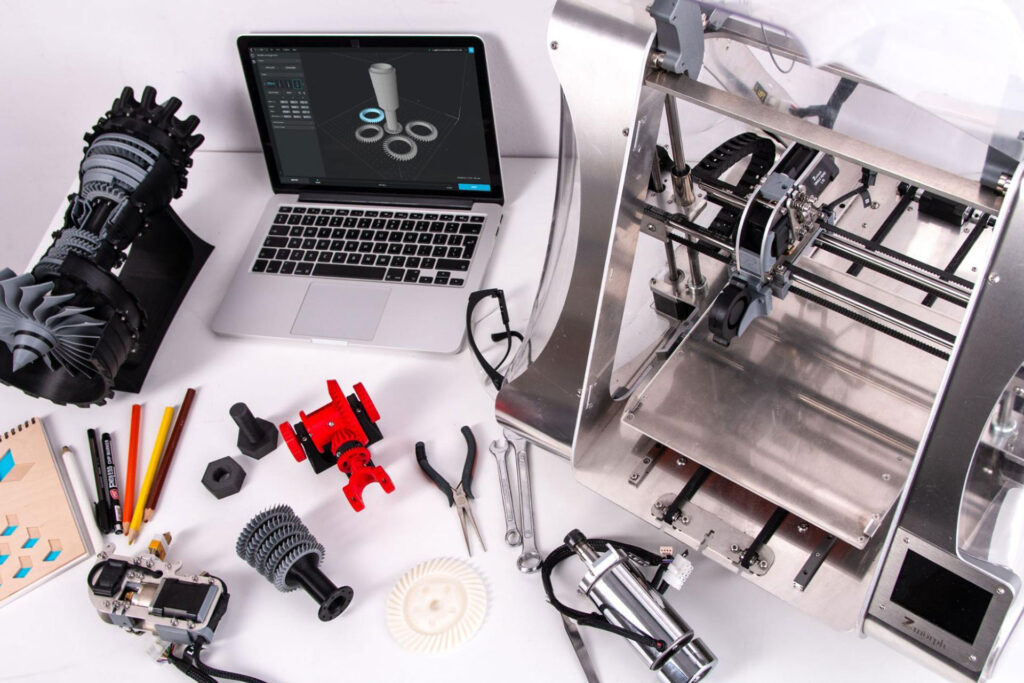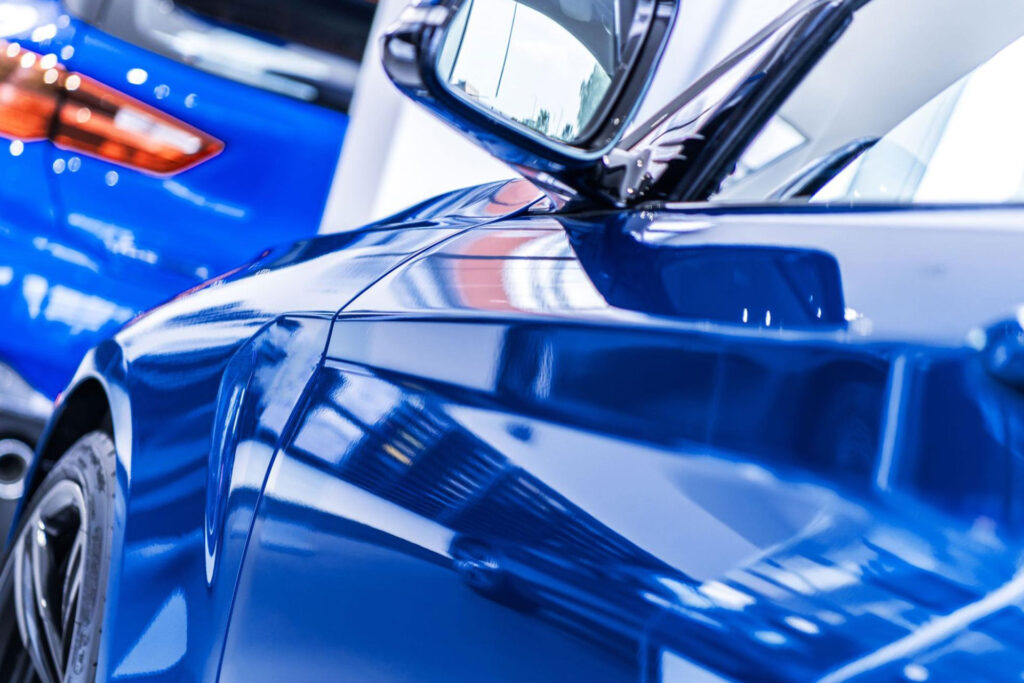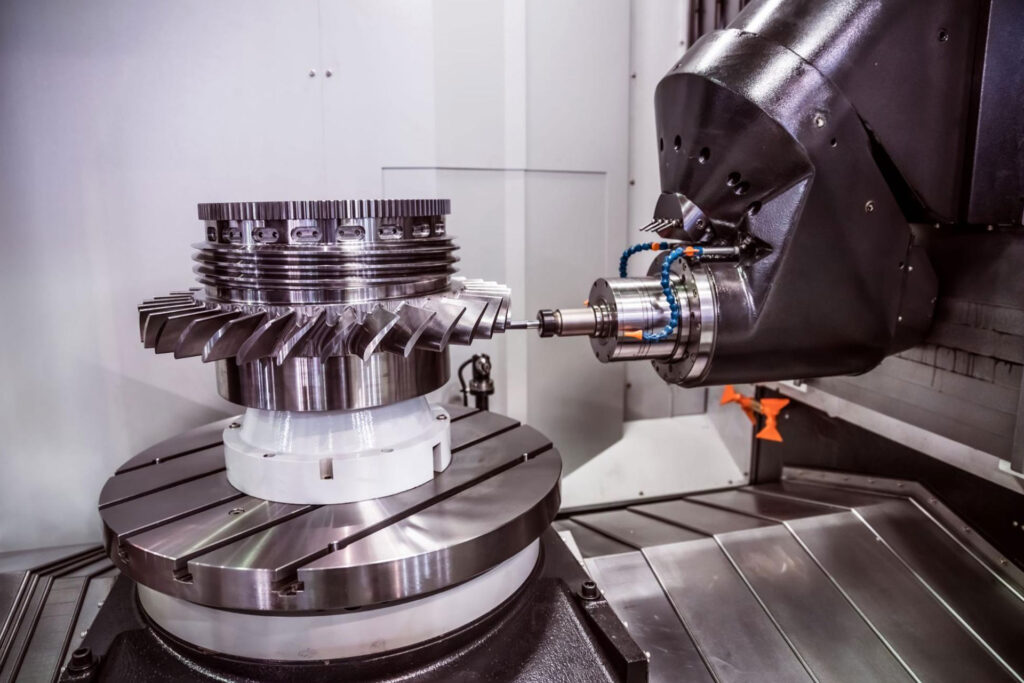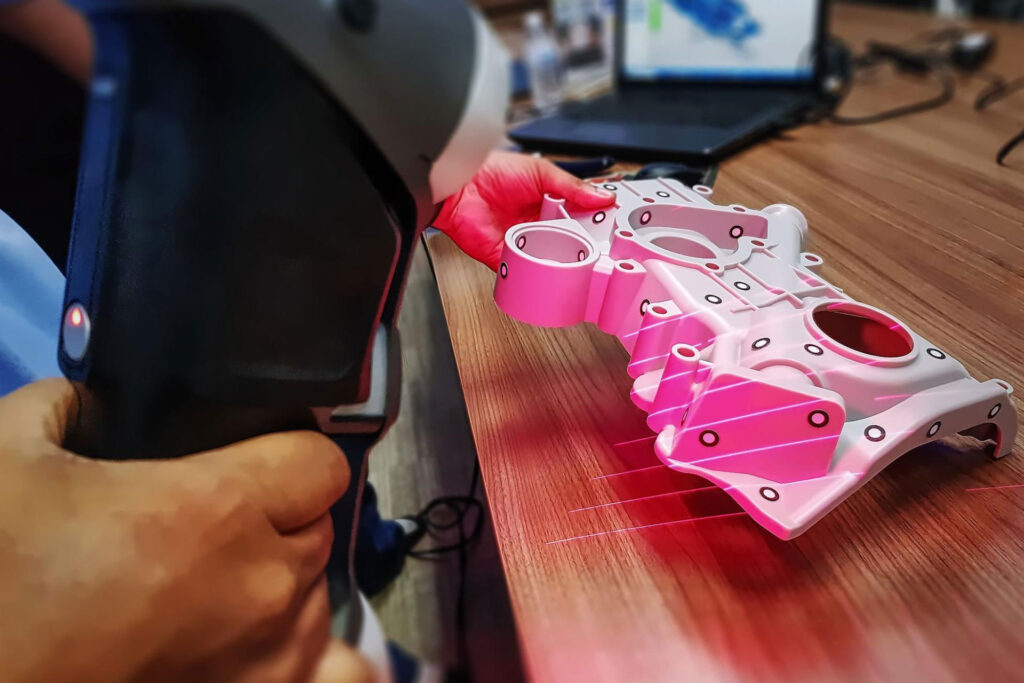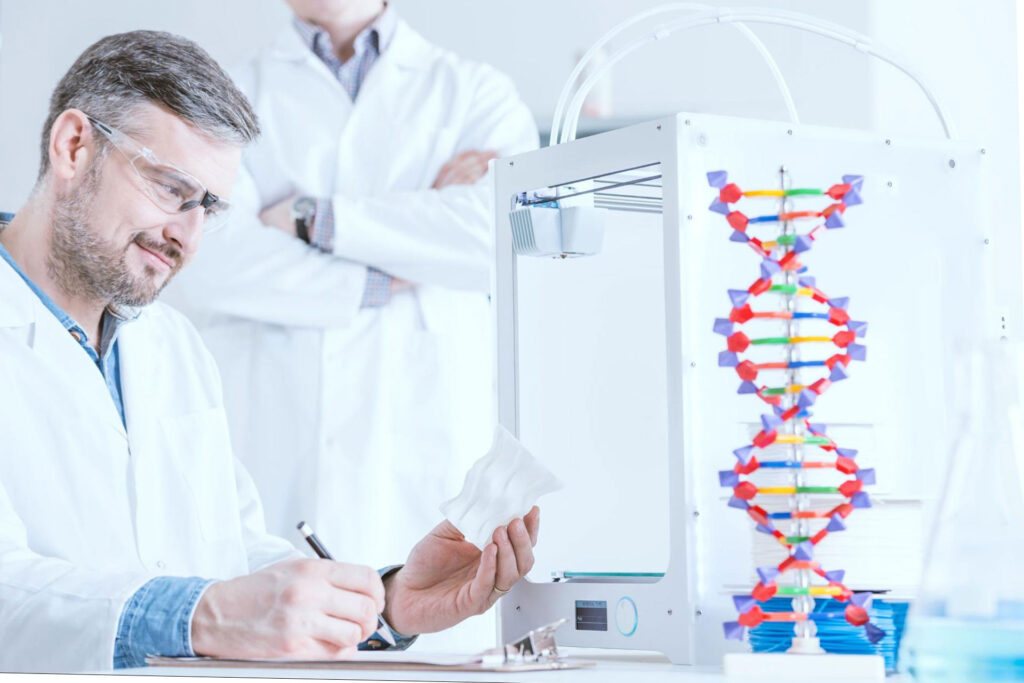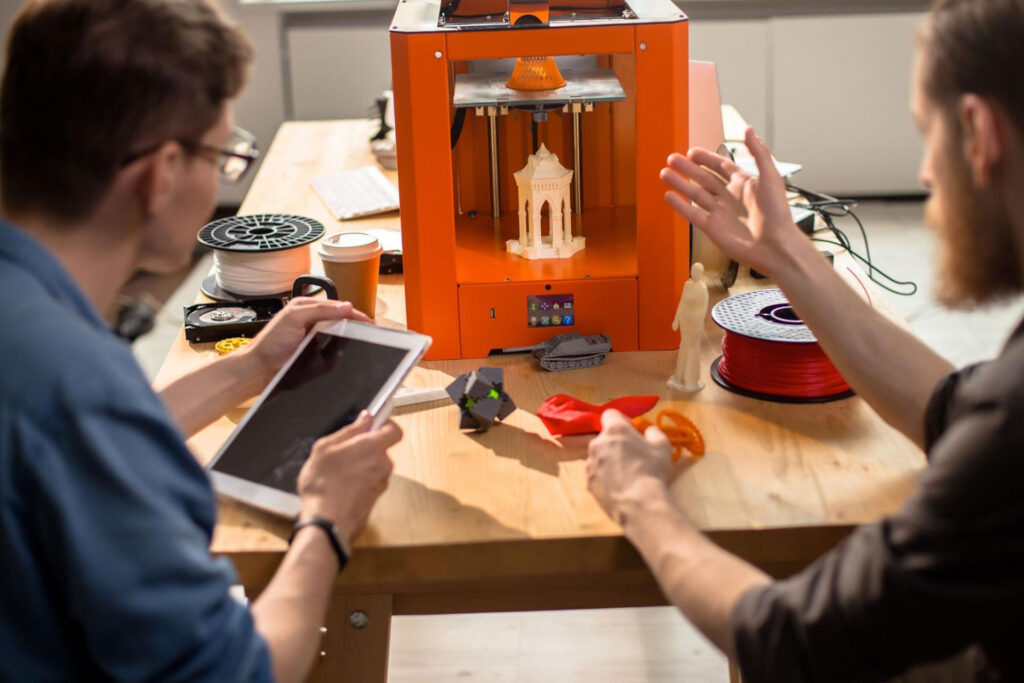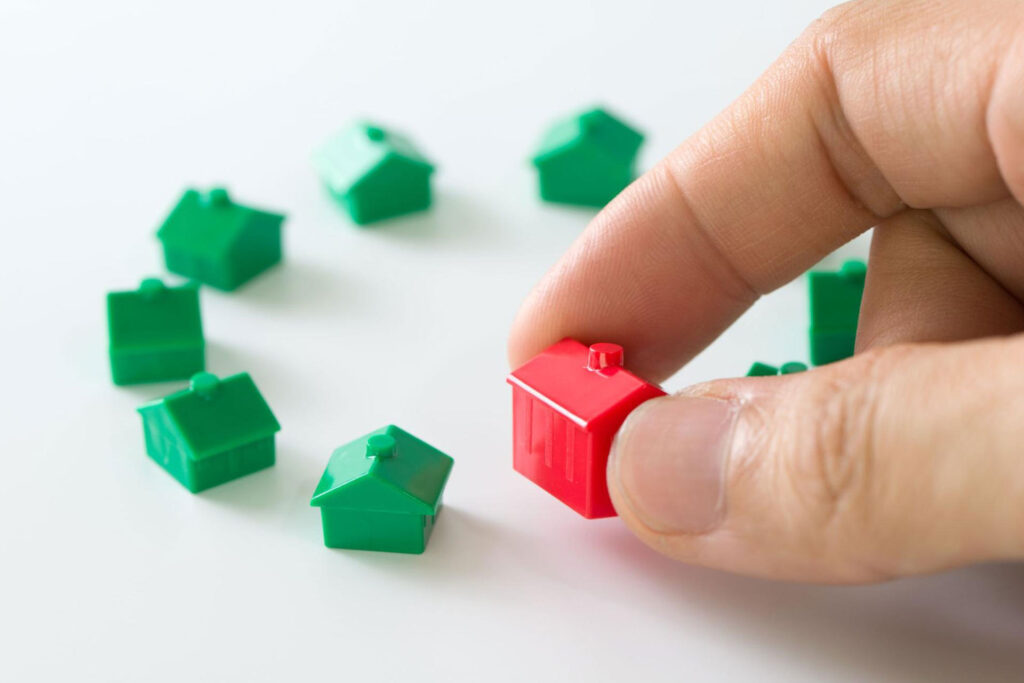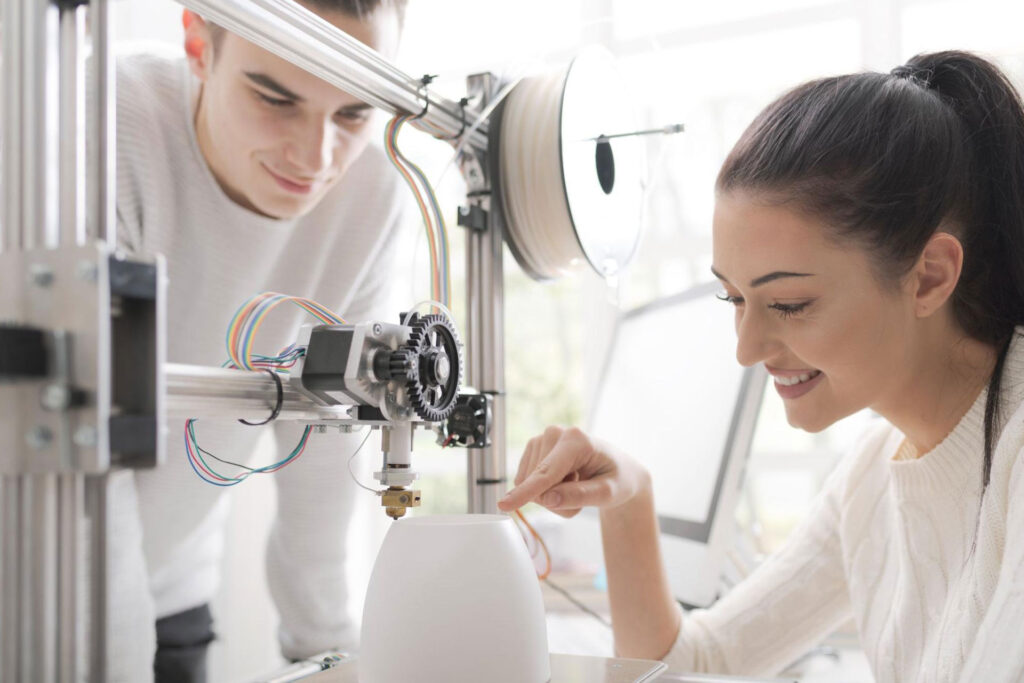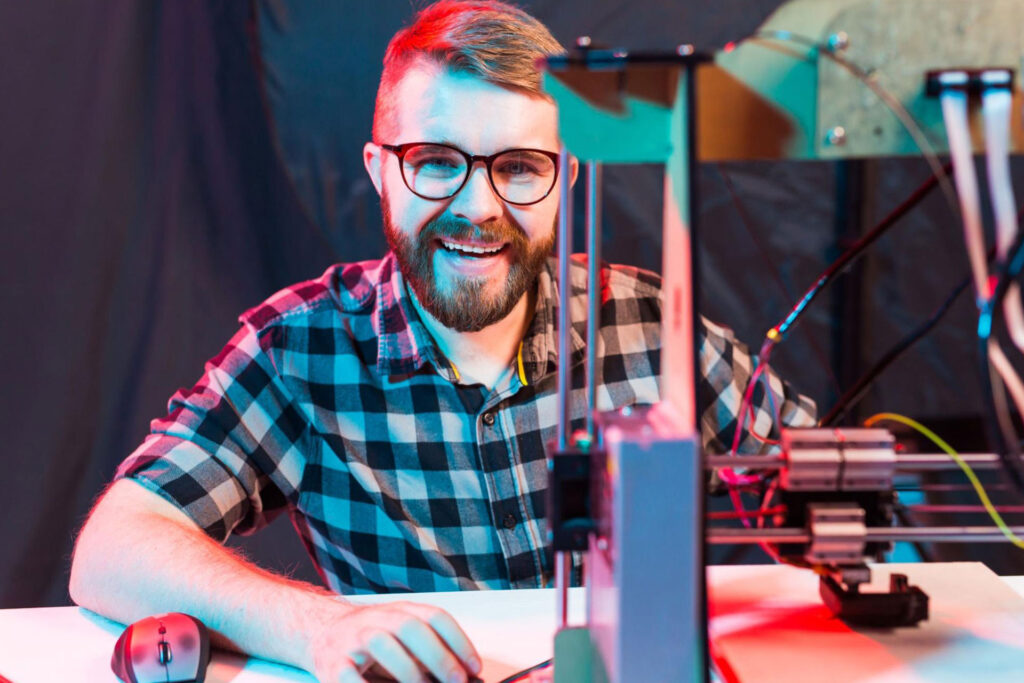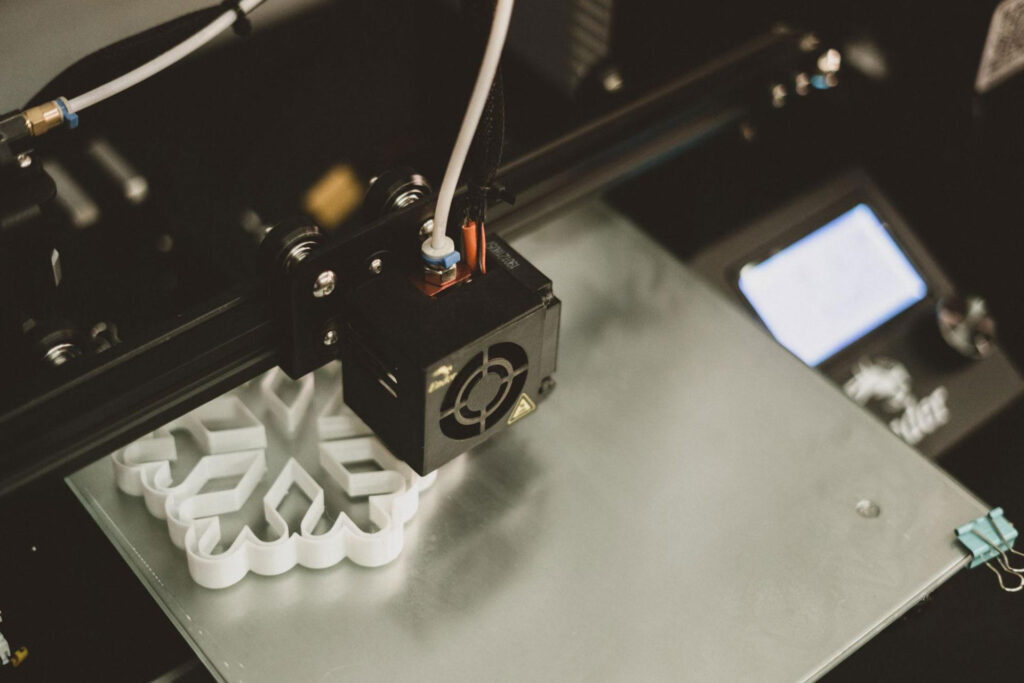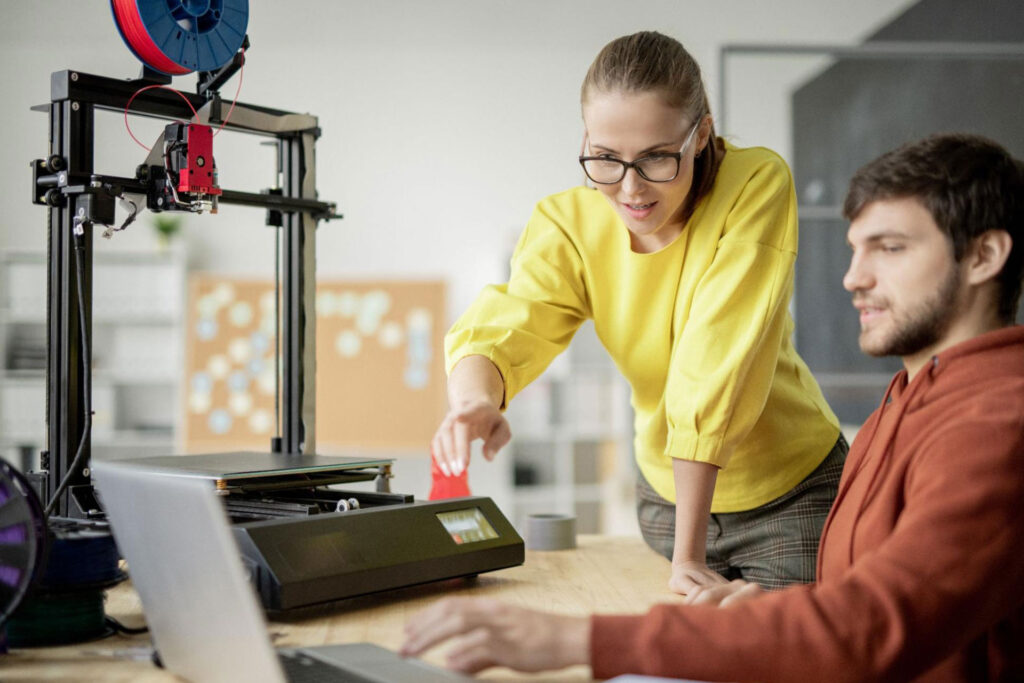7 3D Printer Safety Rules You Should Always Follow
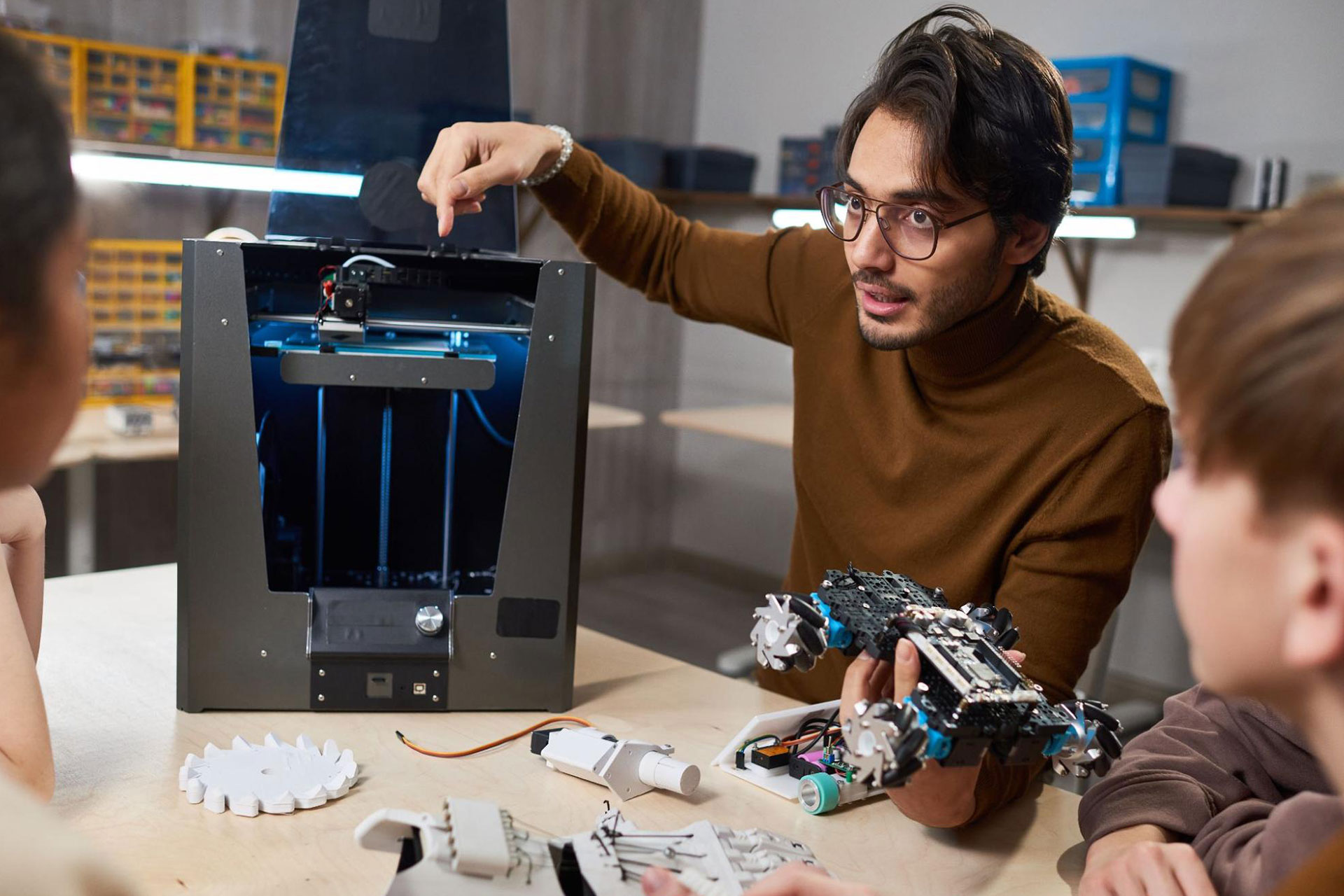
3D printers are incredible machines that have helped thousands of people become makers and artists. 3D printers allow you to print anything using just a design file and some plastic. But before you dive into your new hobby, you should follow some safety rules to reduce the risk of injury while printing. Below we’ve listed some 3D printer safety rules that every user should follow.
1. Be Aware of Burn Risks If You Handle a 3D Printer
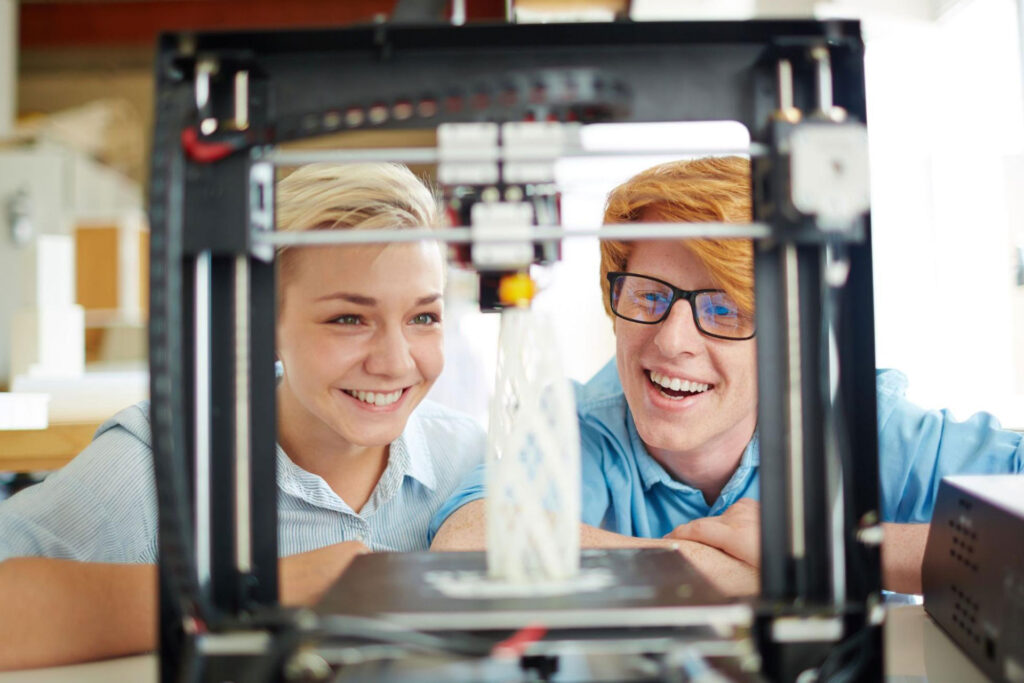
An important thing to realize with these temperatures is that it is not just the hot end that accomplishes these. Although, it does take its heat from the heated bed. The heat in the hot end goes through the filament and into your hands if you are holding a print job by the extruder or if it is near you when printed. With 3D printing, it is always a good idea to handle your printer safely by being mindful of its heat levels or temperature and ensuring that nothing but filaments are in the printer at all times.
2. Avoid Exposure To Electric Shocks
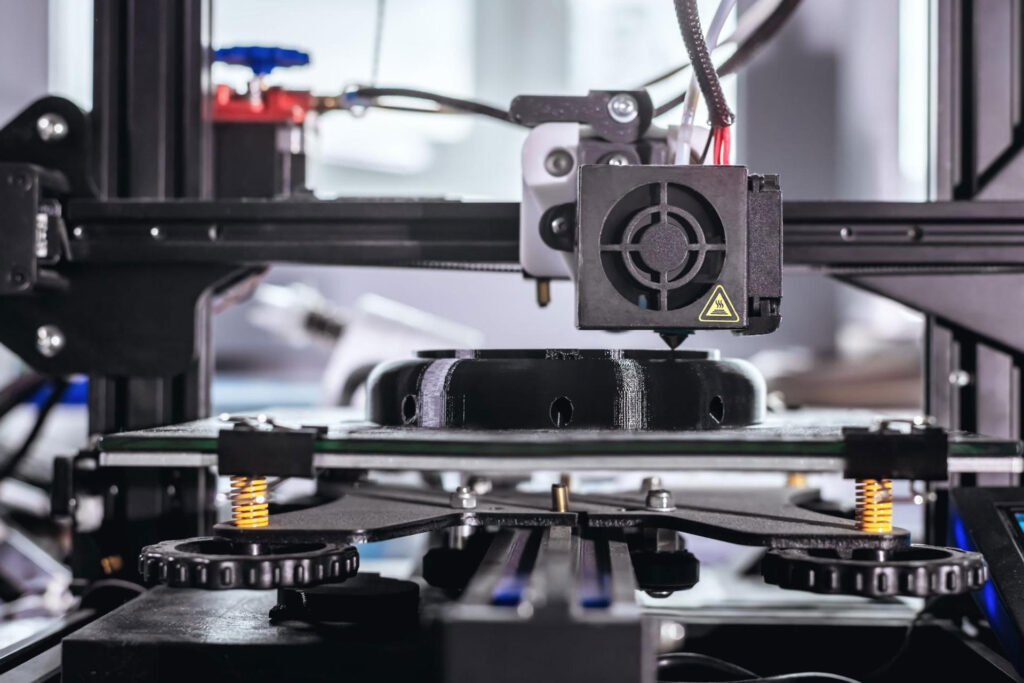
If you’ve used a 3D printer before, you would know what too much voltage exposure feels like. It isn’t that much of a shock, but it is strange and very jarring. You should avoid too much voltage exposure for your and others’ safety. It’s less invasive than other types of electrical faults, so it can be easy to miss, but it can also lead to severe problems — from burns on your skin to hot spots that damage your device. As such, it’s essential to understand the causes of high-voltage exposure.
If you get a shock from your 3D printer, it is most likely because:
- The power supply has faulty capacitors that leak electricity and can’t correctly discharge it.
- If your main wire is not connected correctly to the frame of a 3D printer, it may make contact with parts that conduct electricity.
3. Prevent Injuries From Pinch Points By Being Aware of Moving Parts
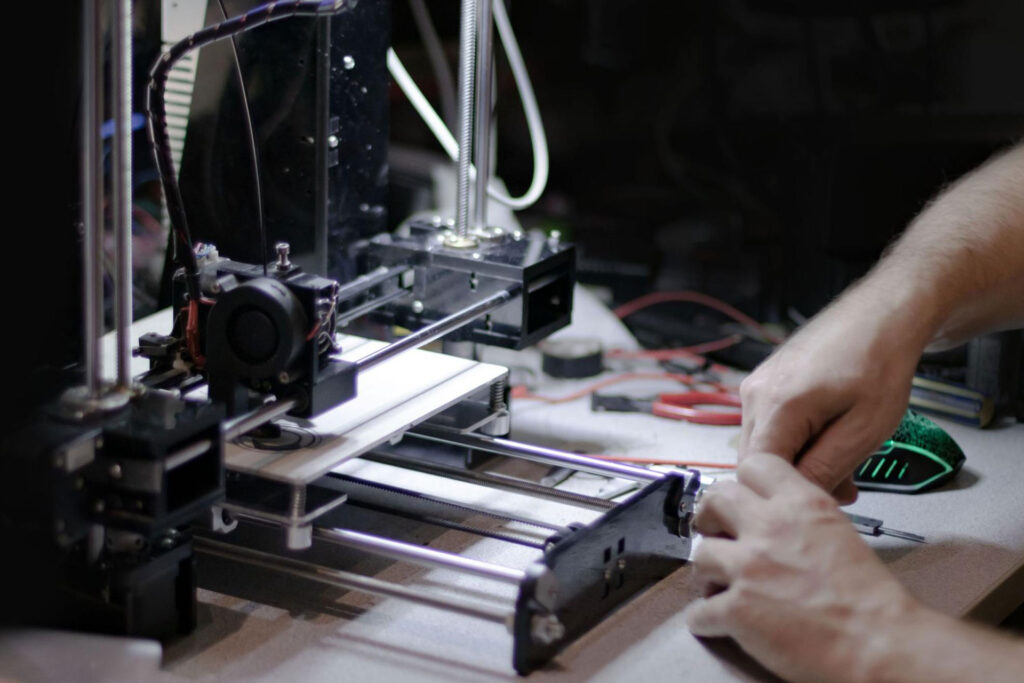
Part of 3D printing safety is learning to identify pinch points. Models which feature structures that could pinch you should be avoided or, at the very least, modified. Pinch point injuries are dangerous. If they’re not attended to immediately, they could lead to permanent damage or cause death. Pinch points occur in places where moving parts meet fixed parts or surfaces. Moving parts such as 3D printer belts, gears, and sprockets are known to pass close to pinch points.
4. Be Extra Vigilant With The Scraper Blades
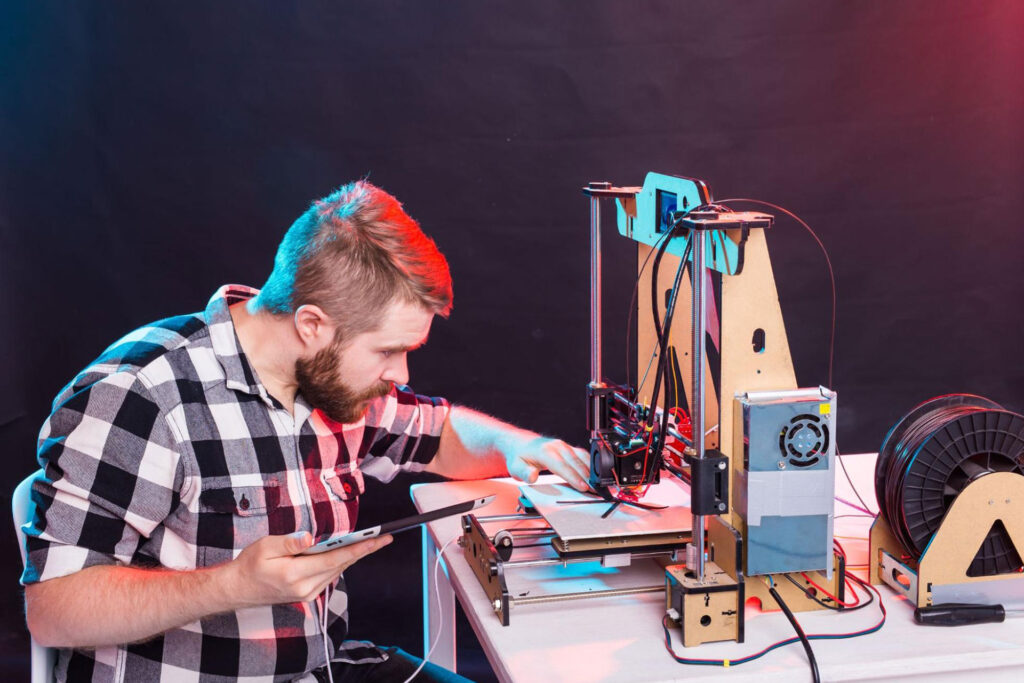
It’s okay to make bad prints. But it’s not okay to make bad prints with the risk of infection from scraper blades that may leave contaminants behind on a 3D-printed part. Always be extra vigilant with the scraper blades. Never take chances when removing your 3D prints from the print bed. Always scrape away from your fingers and wear protective gear whenever you scrape your 3D prints from the print bed.
5. Avoid Fire Risk With 3D Printers
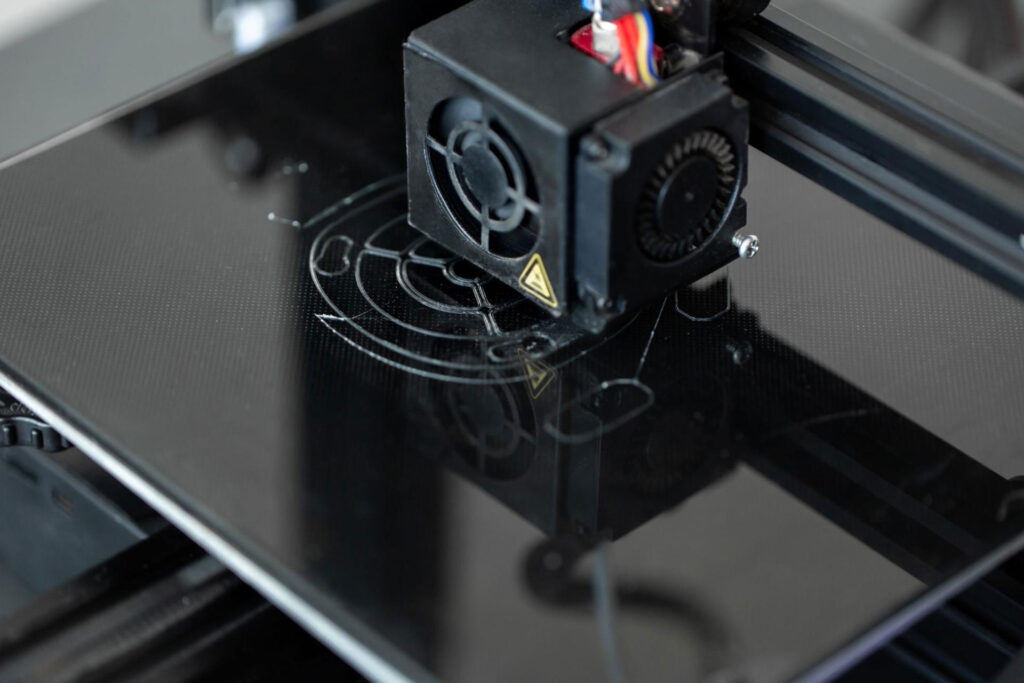
Although there’s minimal risk of fire associated with 3D printers in the market, accidents involving these machines are devastating. Taking precautions is essential, even if the chances are low. When purchasing a 3D printer, look for one with a ‘thermal runaway’ feature. Thermal runaway enables 3D printers to shut down automatically should there be excessive heating due to faults.
6. Remove Support Structures From Your Prints
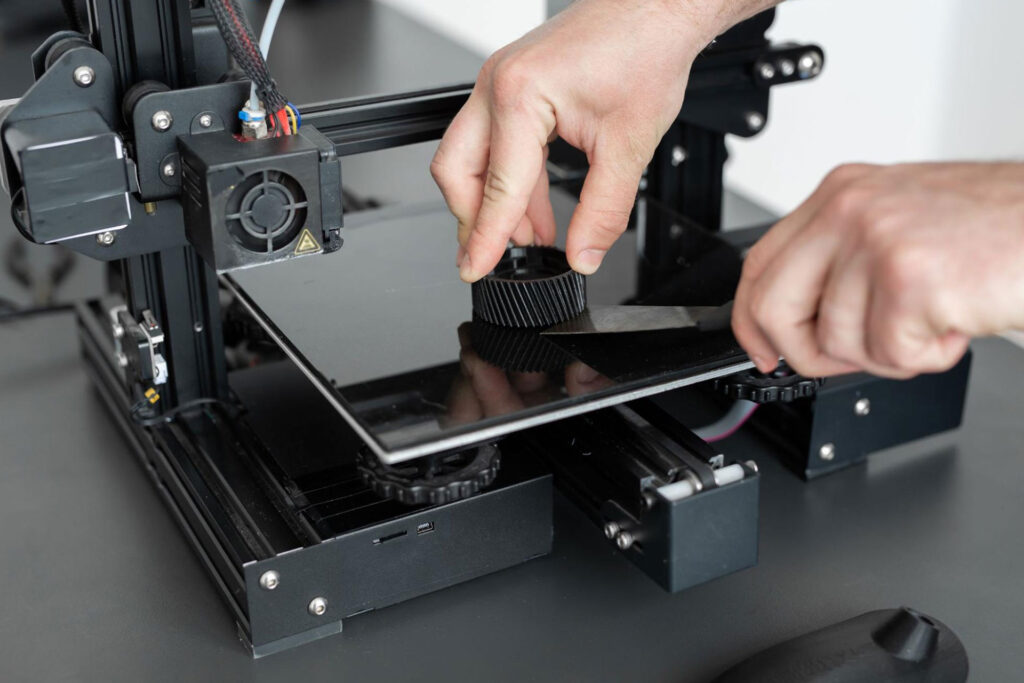
So you printed out an excellent 3D model, and it’s time to break out the knife and start cutting away the support material, right? Well, stop right there! Everyone should know some safety rules before breaking out any kind of cutting implementation. The biggest reason is that you run a severe risk of injury by removing support material with a knife. The support material can be exceptionally sharp and potentially cut your hand or even slice off sections of your skin! You can easily avoid this if you are careful where you place your hands.
7. Be Aware of The Toxic Fumes From The Materials
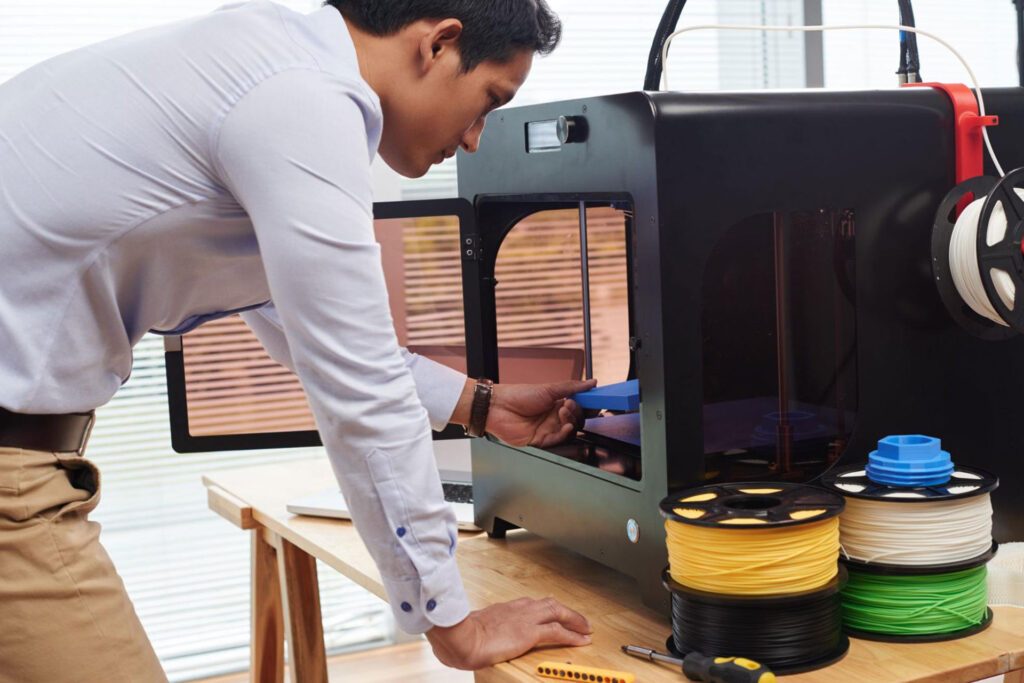
3D printers use raw materials or filaments to form three-dimensional products. Today, there are two types of filament: acrylonitrile butadiene styrene ABS and polylactic acid PLA. The PLA is considered safer than the ABS since it contains fewer toxic chemicals and poses less risk to the environment when disposed of in landfills. However, it should be noted that both types of filaments release certain fumes that can affect your health if exposed for long periods. These fumes can be harmful to your health. Apart from the chemicals released by 3D printers, there are chemical release agents used for 3D printing, which will eventually form hazardous chemical compounds when heated.
3D printers are incredible machines. You can make anything using just a design file and some plastic. But before you dive into your new hobby, you should know and follow some safety rules to reduce the risk of injury while printing. The following 3D printer safety rules every user should follow will keep you safe and allow you to enjoy your new hobby for years to come.
Looking for quality 3D printing in the Philippines? Contact us today to know more about our products!


